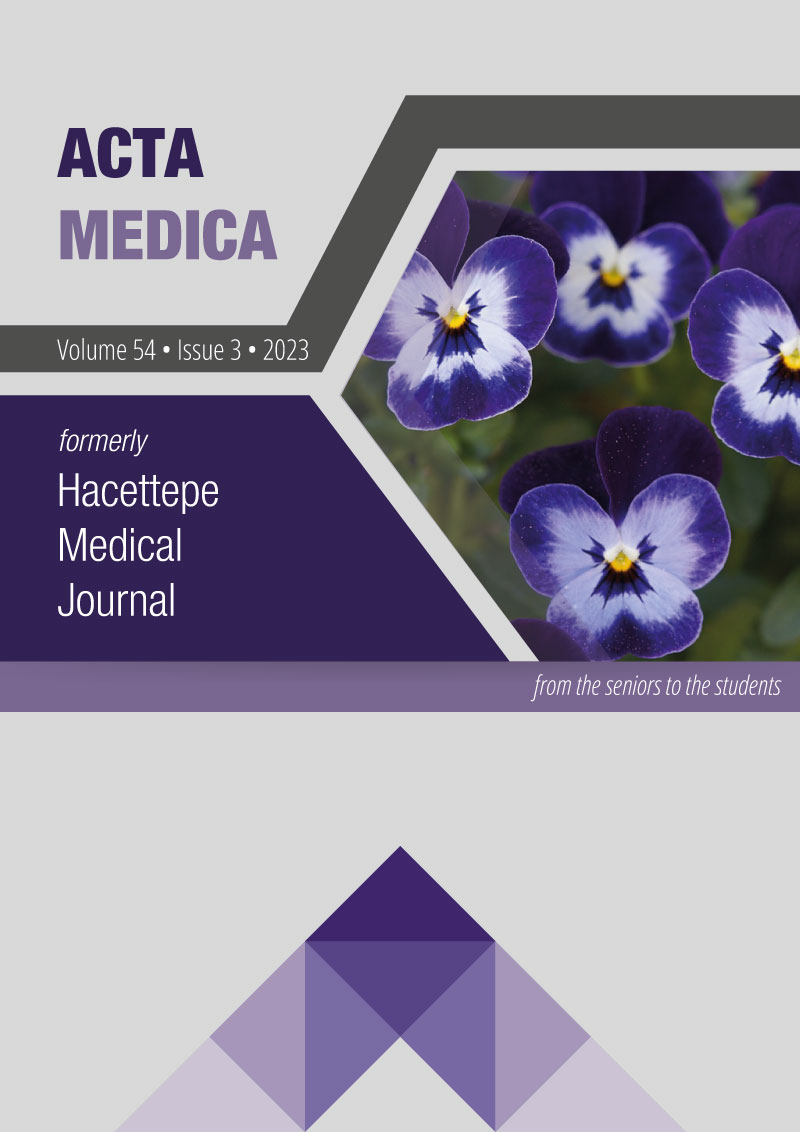Gartland Type III Supracondylar humerus fractures in children: Impact of fracture level on outcomes
DOI:
https://doi.org/10.32552/2023.ActaMedica.888Keywords:
Supracondylar fractures, Fracture Morphology, Pediatric FractureAbstract
Objective: Functional limitation or radiological failure after the treatment may rarely be seen after the surgical treatment of Gartland type 3 supracondylar humerus fractures (SCHF). The present study aims to investigate whether the level of fracture relative to the isthmus of the humerus affects the outcomes.
Materials and Methods: Children who underwent closed reduction and percutaneous pinning (CRPP) due to Gartland typle III SCHFs between 2010 and 2017 were investigated. There were 108 elbows treated with a mean age of 6.1 years (range, 1.4 to 11.2 yrs.). The radiological (Carrying Angle, Baumann Angle, Humerocapitellar Angle), clinical (Flynn grade with elbow range of motion) and complications were used to evaluate outcomes including fracture level. A reference line connecting medial epicondyle, olecranon fossa and lateral epicondyle was drawn on Anteroposterior (AP) and lateral x-rays. The level of the fracture line was decided based on the reference line. Low fractures included the fractures below or involving the reference line, whereas high fractures included those above the reference line.
Results: There were 80 High and 28 Low fractures according to A reference line connecting medial epicondyle, olecranon fossa and lateral epicondyle and passing through the isthmus. Fractures below the humeral isthmus had significantly low Flynn grade (p:0.049) at the latest follow-up of 2.1 years (range, 1 to 5.1 yrs.). There was no statistically significant difference regarding postoperative sixth week Baumann`s angle, carrying angle and humerocapitallar angle between low and high fracture groups.
Conclusions: The present study demonstrates the importance of fracture analysis. Surgeons may consider more stable pin configuration in the low type fractures and future research should aim to analyze the SCHF in terms of fracture morphology.
Downloads
Downloads
Published
How to Cite
Issue
Section
License
Copyright (c) 2023 Acta Medica

This work is licensed under a Creative Commons Attribution-NonCommercial-NoDerivatives 4.0 International License.


